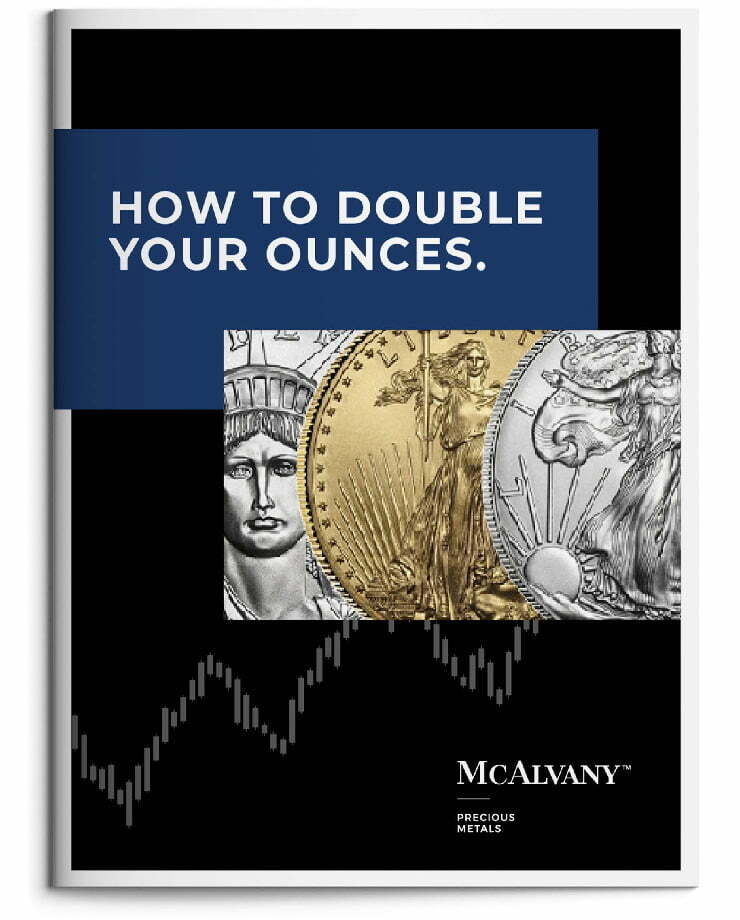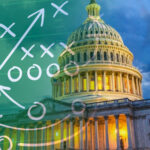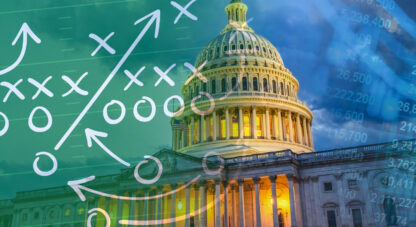Thinking Very Big
Ahead of the Presidents’ Day long weekend, HAI will be reduced to just a few short comments on the latest week in the wild, wild world of markets.
This week’s reports for both consumer price inflation (CPI) and producer price inflation (PPI) came in hot—pretty much across the board—for January. The data offered an unwelcome and untimely negative surprise for U.S. consumers, producers, and Federal Reserve Bank officials that have repeatedly stated their intention to lower inflation back to the 2% rate.
This week’s January CPI data confirmed that consumer prices increased at the fastest pace in nearly a year and a half. Headline CPI for January rose 0.5% vs. 0.3% expectations, and up from 0.4% in the prior month. The 0.5% monthly price increase was the fastest pace of price rises since August 2023. January’s hot prices also resulted in the first 3% year-over-year inflation rate since June.
Producer Prices didn’t fare much better. PPI climbed to 0.4% in January (following an upwardly revised 0.5% increase in December) topping median Bloomberg forecasts for a 0.3% gain. January’s heat pushed the year-over-year PPI up to 3.5%.
Following these latest reminders of the inflationary heat still bedeviling U.S. consumers, Fed Chair Powell marched up to Capitol Hill for his biannual Congressional grilling. On the Hill, Powell said, “I would say we’re close, but not there on inflation…so we want to keep policy restrictive for now.”
Powell’s higher-rates-for-longer message in response to the hotter-than-hoped-for inflation data, however, didn’t stop President Trump from announcing to reporters the contradictory message that, “interest rates should be lowered.”
As HAI has long discussed, the U.S. has both an inflation problem and a serious debt and deficit fiscal problem. The Fed is trapped between the two. Jay Powell can keep interest rates high or even raise rates to fight inflation, or he can cut rates, despite inflation, to help lower the deficit via lowering interest expenses—but he can’t do both.
In HAI’s view, President Trump’s urging for lower rates this week is a strong indication that this administration has made up it’s mind. It seems very likely to use policy measures—perhaps radical policy measures—to attempt to address the fiscal problem and other structural issues facing the U.S., even at the cost of running inflation hot.
It increasingly appears that this economy isn’t Jay Powell’s and the Fed’s anymore. This is Trump’s term, and he looks increasingly intent upon using it to, in his words, “make America great again.” At the heart of that effort seems to be what administration officials have described as a potential coming “Mar-a-Lago Accord.” The objective of such an accord seems to be a weaker dollar and even a break away from the post-1971 U.S. dollar centric global monetary regime that, amid late-stage Triffin’s dilemma-like dynamics, no longer serves U.S. interests.
Speaking of the implications of a potential “Mar-a-Lago accord,” highly respected market commentator Jim Bianco explained this week on MacroVoices, that “this has the potential of being a defining moment on par with the Plaza agreement or Bretton Woods or closing the gold window in 1971 or something along those lines… He’s thinking very big. And he is thinking very big because he is thinking that there is an immediate and acute problem that needs to be addressed. No more tinkering around the edges… He’s thinking about doing something big right now.”
At the end of the day, to achieve any of the really “big” fixes Trump envisions, he’ll need a structurally weaker dollar. To achieve that, he’ll need to restructure the global trade system, and by extension, reforge the global monetary system. Ultimately, given its role in contributing to a chronically overvalued U.S. dollar, that means disincentivizing the excessive use of U.S. Treasuries as the primary global reserve asset. As the only viable alternative reserve asset, in HAI’s view, gold continues to appear to be re-entering the global monetary system as a neutral reserve asset in some way, shape, or form. With inflation likely to run hot on a secular basis, and gold seemingly likely to re-enter the global monetary system, HAI expects the yellow metal to be revalued sharply higher over the coming months and years. Investors take note. If Trump is “thinking very big” and feels there’s no more time for “tinkering around,” major macro moves involving gold that have taken longer than most had imagined could suddenly happen faster than anyone now thinks.
Weekly performance: The S&P 500 was up 1.47%. Gold was up 0.45%, silver was higher by 1.27%, platinum was off 0.16%, and palladium was up 2.74%. The HUI gold miners index was off 0.43%. The IFRA iShares US Infrastructure ETF was up 0.49%. Energy commodities were volatile and mixed on the week. WTI crude oil was off 0.41%, while natural gas was up 12.72%. The CRB Commodity Index was up 1.49%. Copper gained 1.65%. The Dow Jones US Specialty Real Estate Investment Trust Index was nearly flat, down 0.09%. The Vanguard Utilities ETF was up 1.20%. The dollar index was down 1.25% to close the week at 106.57. The yield on the 10-yr U.S. Treasury was down by 2 bps to close at 4.48%.
Have a wonderful long weekend!
Best Regards,
Morgan Lewis
Investment Strategist & Co-Portfolio Manager
MWM LLC















